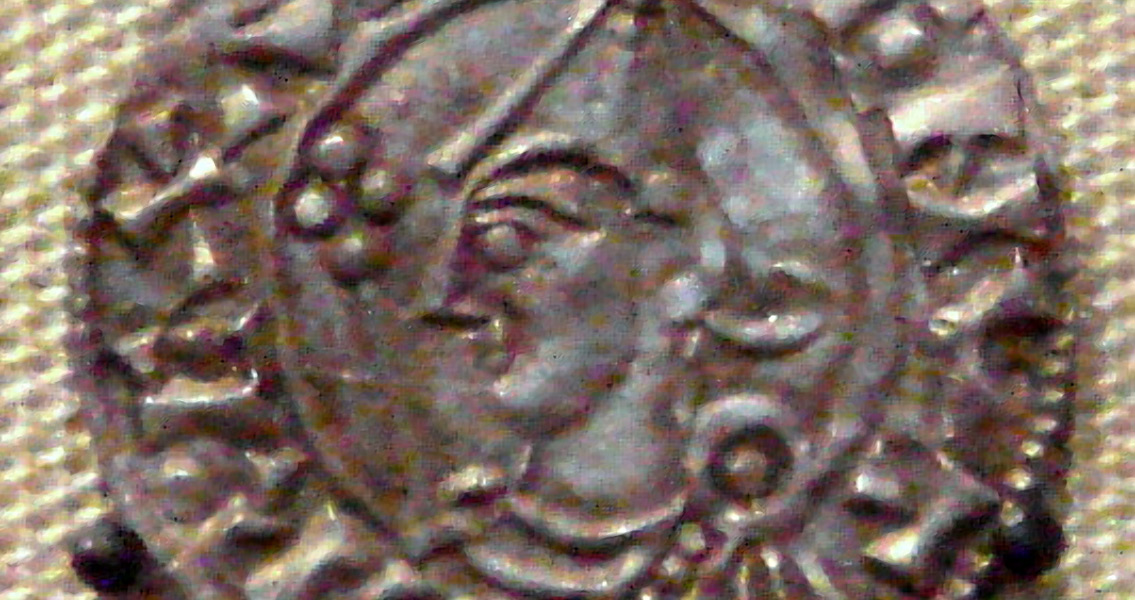<![CDATA[An amateur treasure hunter has recently unearthed a spectacular coin hoard. The rare Anglo Saxon coins, valued at £1 million, were found in a farmer's field near Aylesbury, Buckinghamshire. Some of the 5,251 silver coins appear to be over 1,000 years old. The haul includes coins from the reigns of Ethelred the Unready (978-1016 AD) and King Canute (1016-1035 AD). Taken as a whole, the coins represent one of the largest Anglo Saxon coin hoards ever discovered in Britain. Most of the coins are in a remarkable state of preservation. Original details, such as the faces of Angle Saxon kings, are clearly visible on a large number of the coins. Part of the reason for their exceptional condition is that they were buried two feet underground in a lead bucket, protecting the coins from harsh environmental conditions. Peter Welch, leader of the Weekend Wanderers Detecting Club who organised the excavation of the coins, said the find was very significant. "They're like mirrors; no scratching, and buried really carefully in a lead container, deep down. It looks like only two people have handled these coins - the person who made them and the person who buried them." It is unclear why an Anglo Saxon individual would have buried this particular set of coins, but the sheer size of the hoard reveals that whoever did was probably of high standing. "This would have been a huge amount of money in its day," Mr. Welch added. "One coin alone would have been a lot back then." It is possible that the coins are connected with a mint that some historians believe had been established by King Canute in Buckingham. "We know that there was a royal mint in Buckingham operated on and off in the late Anglo- Saxon times and we have a single coin that is similar to the ones that were found," Brett Thorn, keeper of archaeology at Buckinghamshire County Museum, told International Business Times UK. The condition of the coins indicates that they were buried in the eleventh century, supporting this conjecture. As the coins are over 300 years old, they fall within the remit of the Treasure Act. The hoard will be taken to the British Museum for conservation and identification before a coroner will decide whether they are legally treasure. If the coins are deemed to be treasure, museums will be invited to bid for them; money from the sale of the coins would then be split between the land owner and the treasure hunter. "We acquire treasure items all the time and they're usually a couple of hundred pounds that we raise through local grants," said Thorn. "But this is much bigger than that. In the museum collection we have only about 100 Anglo-Saxon coins." Many archaeological finds are now made by amateur treasure hunters and archaeologists with metal detectors. One of the main reasons for this is that farmers and landowners are increasingly giving metal detecting groups permission to use their land. "Metal detectors have become more sophisticated and we have the chance to find more discoveries than ever before," Mr. Welch said. "So we need as many farmers and land owners as possible to contact us so that we can discover what lies beneath the ground." Image courtesy of Wikimedia commons user: PHGCOM]]>
£1 Million Coin Hoard Discovered
